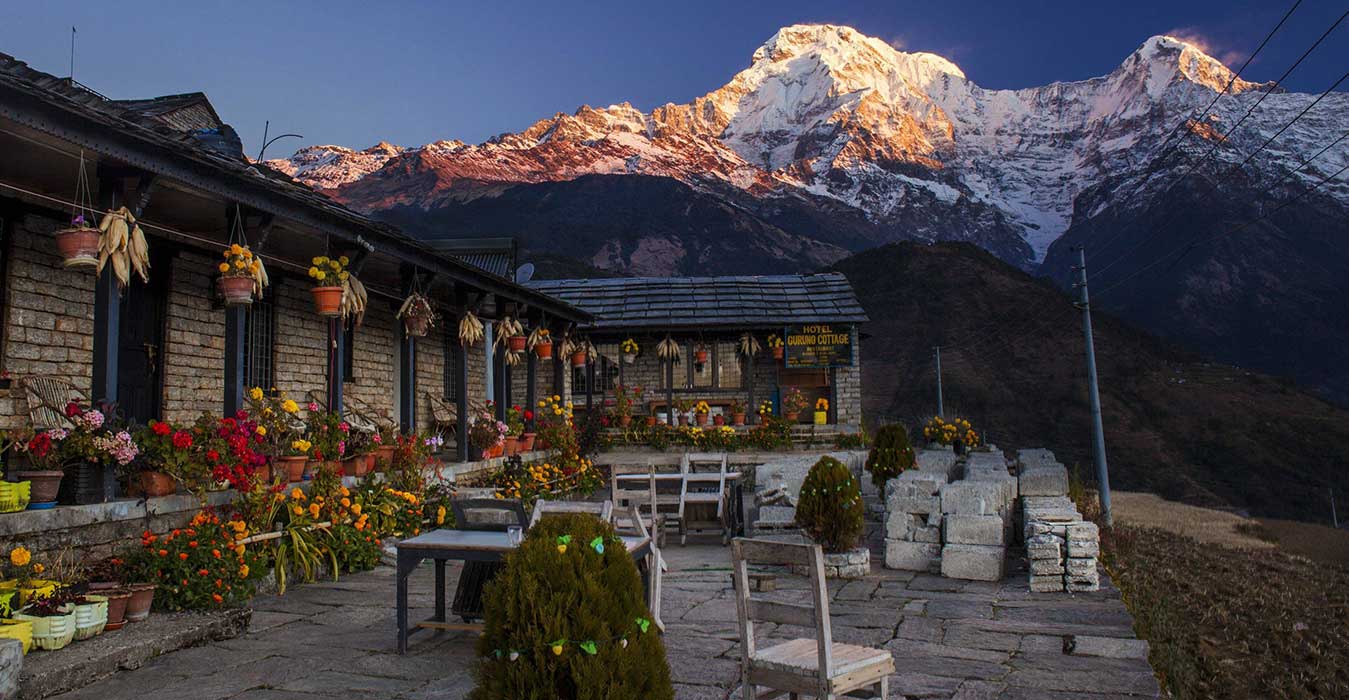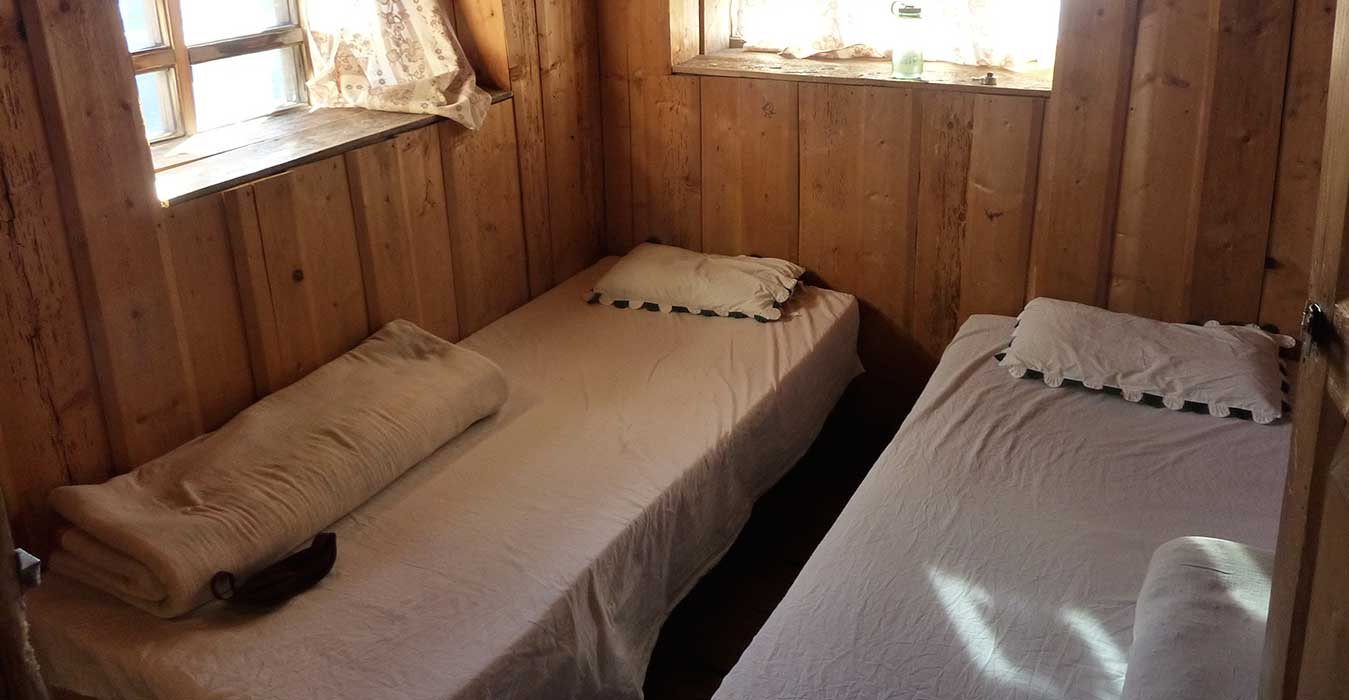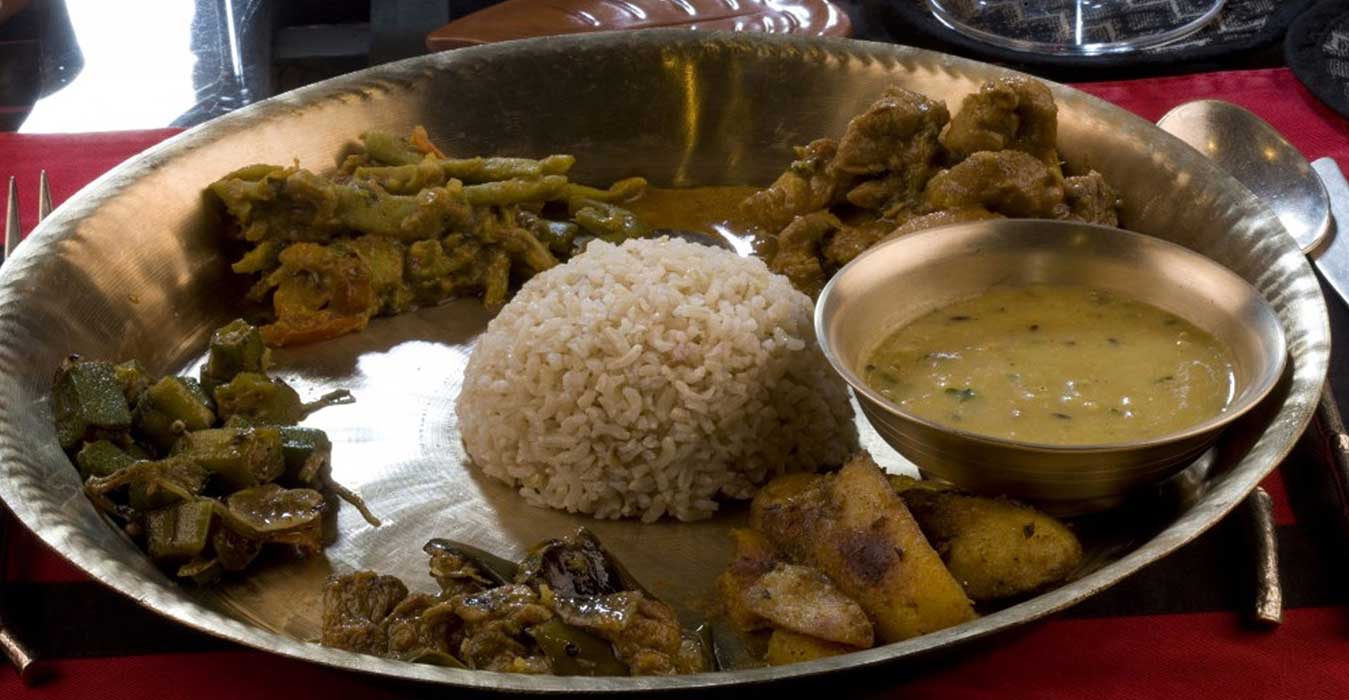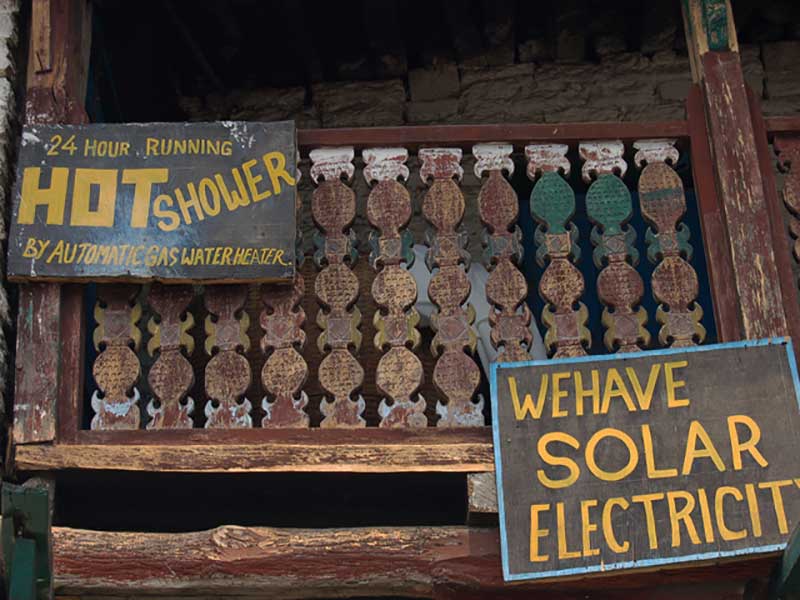
Indeed, Tea-house trekking in Nepal is as popular as a pizza to an American. Along the off-the-beaten tracks in the upper Himalayas, finding a perfect hotel is very difficult; while, even if you get one, it may be costly for a general trekker to afford.
So, most of the trekking done in Nepal are tea-house treks, which means you spend your overnight in a simple lodge with basic rooms and meals.
Most of these teahouses are owned by the local families; so that brings a special opportunity for you to peek into the long-established culture of the natives.
Also, these mini-lodges (for say) avoid you to carry additional heavy camping equipment such as a tent, which you would have brought otherwise.
A Brief History of Tea-Houses in Nepal
In the past, camping was the only option for the trekkers slogging around the foothills of the Himalayas. However, it was an expensive option; so, literally, trekking was impossible for the budget trekkers (backpackers).
With time, teahouses came into existence making the overnight stay cheaper as well as more reliable for all kinds of travel-enthusiast.
Traditionally, tea-houses used to be a stop-over for the trekkers to relax and sip a cup of tea. That helped them regain the stamina for continuing their trek. But, with time, the inflow of tourists greatly increased, simultaneously increasing the demand for a lodge.
Consequently, the tea-house owners transformed a little shop into multiple rooms-each with two single-sized beds, a pillow, and a blanket-which ended up being cheaper and affordable by most of the budget trekkers.
Therefore, it gained popularity very soon. Today, tea-houses line up the trekking trails. What’s more, those around the popular trekking regions such as Everest, Annapurnas, Langtang, and Manaslu are relatively developed and are equipped with modern-day amenities such as en suite facilities and wifi.

Accommodation in the tea-houses although aren’t fancy, the rooms are clean and functional enough for a night stay. The cost per night usually ranges from $2 to $15, which reasonably makes a lot of difference when compared to the expenditure of staying in a hotel room.
Every room usually has two wooden beds-each with a pillow and a blanket- a ceiling light, and a table (if lucky enough). A heater is rarely available, even with extra pay. However, you may circumscribe the fireplace in the dining room to grab some heat.
Although blankets are offered during your stay, they may not be enough to battle the icy cold of the Himalayas (depending upon the season/weather); so, bringing a warm sleeping bag along really makes sense.
However, the teahouses around the Kanchenjunga region are not very well developed as in the case of Everest, Annapurna, and others.

When it comes to food, there is no compromise; this holds equally true for the teahouses of the Himalayas. In the past, Dal Bhaat (steamed rice, lentil soup, and a curry) was the customary diet available in the teahouses; however, these days they offer a wide variety of cuisines such as momo, pizza, and spaghetti.
Most of the foods are limited to vegetables because Buddhists of the Himalayas are against harming the animals.
In case you are used to having a protein-rich diet, then make sure you bring it along with you. Dal Bhaat is rich in carbohydrates. So, that would be the best option before hitting the trail.
Nowadays, wifi and charging outlets are available in many teahouses, particularly those around the popular trekking regions such as Everest and Annapurna. However, it will cost you extra pay for charging your devices. Also, the internet connection is spotty; so, finish all your internet works before hitting on the trail.
Tea houses around the Khumbu region (especially in the Namche Bazaar) have pretty good connections as compared to other trekking zones. The speed is considerable, but most of the time, wifi zones are crowded by tourists. So, don’t expect anything good about wifi and electricity.

Cold showers are available in most of the teahouses, which is of no use in such extreme cold weather. For a hot shower, you will have to pay some extra dollars, usually $4.
Toilets, on the other hand, maybe western-styled in the popular trekking areas, but don’t expect anything fancy. Most of the teahouses have a squat toilet, where you have to flush with your own effort.
If you are used to using Toilet paper, then it is better to bring it on your own. Look for a proper place to dispose of the paper.
Leave Your Comment